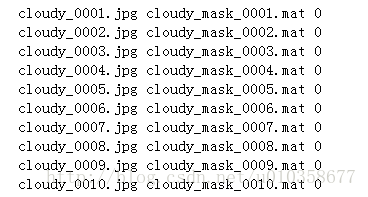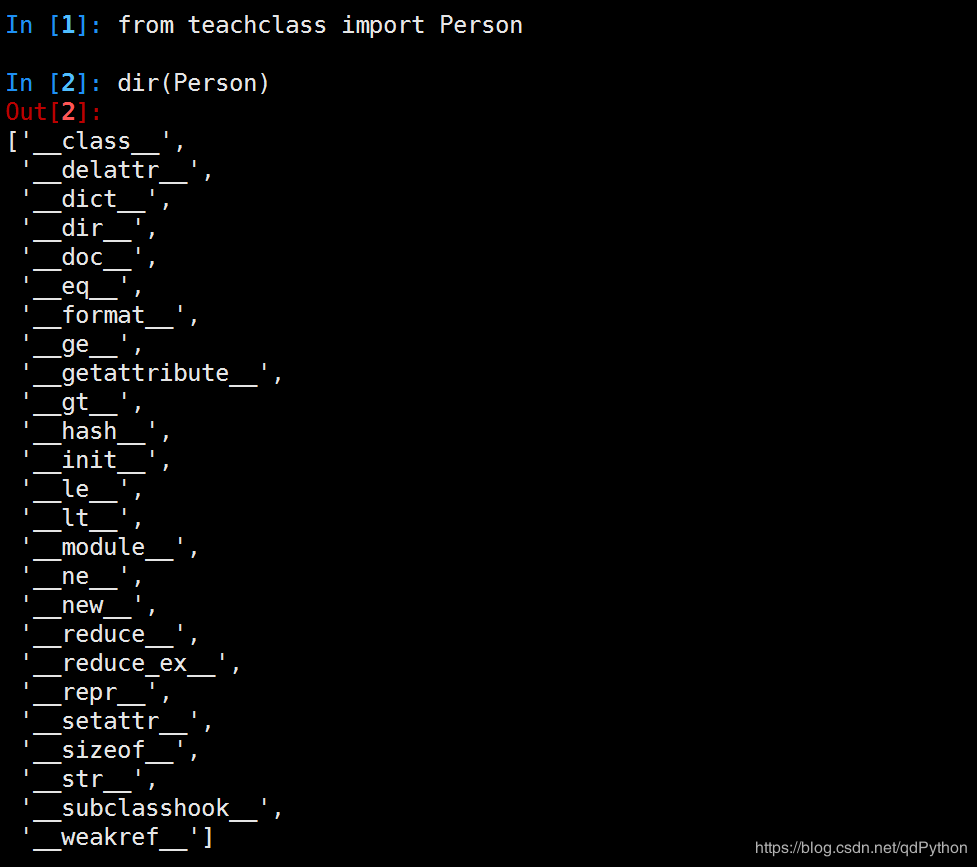python控制nao机器人身体动作实例详解
本文实例为大家分享了python控制nao机器人身体动作的具体代码,供大家参考,具体内容如下
今天读的代码,顺便写了出来,与文档的对比,差不多。
import sys
import motion
import almath
import naoqi from ALProxy
def StiffnessOn(proxy):
pName="Body"
pStiffnessLists
pTime=1.0
proxy.stiffnessInterpolation(pName,pStiffnessLists,pTime)
def main(robotIP):
try:
motionProxy=ALProxy("ALMotion",robotIP,9559)
except Exception,e:
print:"could not create a proxy!"
print:"error is ",e
try:
postureProxy=ALProxy("ALRobotPosture",robotIP,9559)
except Exception,e:
print:"could not create a proxy!"
print:"error is ",e
StiffnessOn(motionProxy)
postureProxy.goToPosture("StandInit",0.5)
space=motion.FRAME_ROBOT
coef=0.5
times=[coef,2.0*coef,3.0*coef,4.0*coef]
isAbsolute=False
dy=+0.06
dz=-0.03
dwx==+0.30
effector="Torso"
path=[
[0.0,-dy,dz,-dwx,0.0,0.0],
[0.0,0.0,0.0,0.0,0.0,0.0],
[0.0,+dy,dz,+dwx,0.0,0.0],
[0.0,0.0,0.0,0.0,0.0,0.0]
]
axisMask=almath.AXIS_MASK_ALL
motionProxy.post.postionInterpolation(effector,space,path,times,isAbsolute)
#motion of arms with block process
axisMask=almath.AXIS_MASK_VEL
times=[1.0*coef,2.0*coef]
dy=+0.03
effecor="RArm"
path=[
[0.0,dy,0.0,0.0,0.0,0.0],
[0.0,0.0,0.0,0.0,0.0,0.0]
]
motionProxy.positionInterpolation(effector,space,path,axisMask,times,inAbsolute)
if __name__=="__main__":
robotIP="127.0.0.1"
if len(sys.argv)<=1:
print"useage default robotIP"
else:
robotIP=sys.arv[1]
main(robotIP)
实例二,控制左右胳膊
#-*-encoding:UTF-8 -*-
import sys
import motion
import almath
form naoqi import ALProxy
def StiffnessOn(proxy):
pName="Body"
pStiffnessLists=1.0
pTimeLists=1.0
proxy.stiffnessInterpolation(pName,pStiffnessLists,pTimeLists)
def main(robotIP):
#create a proxy to almtion
try:
motionProxy=ALProxy("ALMotion",robotIP,9559)
except Exception,e:
print "could not create a proxy"
print "error is ",e
#create a proxy to alrobotposture
try:
postureProxy=ALProxy("ALRobotPosture",robotIP,9559)
except Exception,e:
print "could not create a proxy"
print "error is ",e
StiffnessOn(motionProxy)
postureProxy.goToPosture("StandInit",0.5)
space=motion.FRAME_ROBOT
isAbsolute=False
effectorList=["LArm","RArm"]
#motion of arms with block process
axisMaskList=[almath.AXIS_MASK_VEL,almath.AXIS_MASK_VEL]
timeLists=[[1.0],[1.0]]
pathList=[
[
[0.0,-0.04,0.0,0.0,0.0,0.0]],
[
[0.0,0.04,0.0,0.0,0.0,0.0]]
]
motionProxy.positionInterpolation(effectorLists,space,pahtLists,axisMaskList,timeLists,isAbsolute)
effectorLists=["LArm","RArm","Torso"]
axisMaskLists=[
almath.AXIS_MASK_VEL,
almath.AXIS_MASK_VEL,
almath.AXIS_MASK_ALL
]
timeLists=[
[[0.0,0.0,0.0,0.0,0.0,0.0]],
[[0.0,0.0,0.0,0.0,0.0,0.0]],
[0.0,+dy,0.0,0.0,0.0,0.0],
[0.0,-dy,0.0,0.0,0.0,0.0],
[0.0,0.0,0.0,0.0,0.0,0.0]
]
motionProxy.positionInterpolations(effectorList,space,pathList,axisMaskList,timeList,isAbsolute)
if __name__=="__main__":
robotIP="127.0.0.1"
if(sys.argv<1):
print"usege default ip"
else:
robotIP=sys.arv[1]
main(robotIP)
感受:
这些小的程序最不好处理的就是path中的数据了。这些数据是怎么获得的?最大的可能就是在choregraph中3D视图中测试得到,当然还有一种可能就是将choregraph与实体机连接,将机器人置于practice状态,这样操作来获得数据。后者操作性更强,但由于实际原因,用前者的可能性是最大的。
以上就是本文的全部内容,希望对大家的学习有所帮助,也希望大家多多支持【听图阁-专注于Python设计】。

